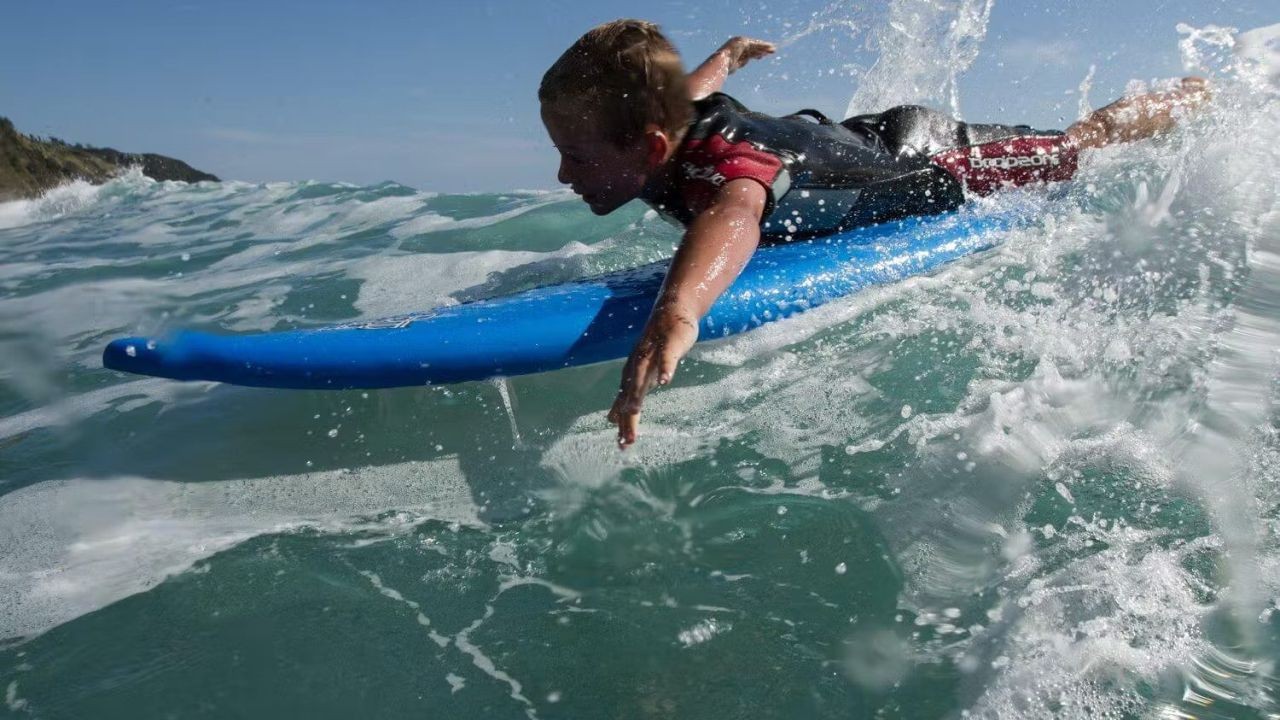Introduction
Imagine a future where New Zealand’s construction industry not only thrives but also leads the world in sustainability. This vision is attainable through the implementation of net-zero construction strategies, which can significantly reduce carbon emissions and align with New Zealand’s ambitious climate goals. With the construction sector accounting for approximately 20% of global emissions, the shift to net-zero practices is not just a trend but a necessity. A study by Stats NZ highlights that the built environment contributes to around 40% of New Zealand’s total greenhouse gas emissions, underscoring the urgent need for sustainable construction practices. As we delve into this topic, we will explore actionable strategies, local case studies, and future trends that will empower sustainability consultants to drive this transformation. Engage with us as we explore how New Zealand can blaze a trail in sustainable construction.
The Path to Net-Zero: Understanding the Basics
What is Net-Zero Construction?
Net-zero construction refers to buildings that produce as much renewable energy as they consume, resulting in a zero net energy footprint. This approach not only reduces carbon emissions but also decreases operational costs over time. The concept involves integrating energy-efficient designs, renewable energy sources, and sustainable materials into the construction process. In New Zealand, the Building for Climate Change program launched by the Ministry of Business, Innovation and Employment (MBIE) aims to ensure that new buildings achieve net-zero operational emissions by 2050.
Key Strategies for Implementing Net-Zero Construction
- Energy Efficiency: Focus on high-performance building envelopes, advanced insulation, and energy-efficient HVAC systems to minimize energy consumption.
- Renewable Energy Integration: Utilize solar panels, wind turbines, and geothermal energy to offset remaining energy needs.
- Sustainable Materials: Opt for low-carbon materials such as cross-laminated timber, recycled steel, and eco-friendly concrete alternatives.
- Smart Building Technologies: Implement IoT devices and building management systems to optimize energy usage and monitor performance in real-time.
Case Study: The Green Star Building in Christchurch
Problem: The city of Christchurch, recovering from the devastating earthquakes, faced the challenge of rebuilding sustainably. Traditional construction methods were not aligned with New Zealand’s climate goals.
Action: The Green Star Building, a commercial office space, was developed with a focus on sustainability. The project included solar panels, rainwater harvesting systems, and locally sourced sustainable materials.
Result: Within a year, the building achieved a 5 Green Star rating, representing excellence in sustainability. Energy costs were reduced by 30%, and tenant satisfaction improved significantly.
Takeaway: This case study demonstrates the viability of net-zero strategies in commercial construction, paving the way for similar projects across New Zealand.
Debunking Common Myths
- Myth: Net-zero construction is too expensive for most projects.
- Reality: While initial costs may be higher, long-term savings in energy and maintenance offset these expenses. A report by the New Zealand Green Building Council reveals that net-zero buildings can reduce lifecycle costs by up to 20%.
- Myth: Net-zero buildings are only feasible in urban areas.
- Reality: Rural areas with abundant renewable energy resources, such as wind and solar, can also benefit from net-zero construction.
Future Trends in Net-Zero Construction
As New Zealand continues to prioritize sustainability, several trends are emerging in the construction industry:
- Increased Use of Prefabrication: Prefabricated components reduce waste and construction time, contributing to more sustainable building practices.
- Advanced Energy Storage Solutions: Innovations in battery technology will enhance the ability to store renewable energy, ensuring a reliable energy supply for net-zero buildings.
- Policy Support and Incentives: Government policies and financial incentives will play a crucial role in accelerating the adoption of net-zero construction practices.
Final Takeaways
- Embrace Energy Efficiency: Prioritize designs that minimize energy consumption for long-term sustainability and cost savings.
- Invest in Renewable Energy: Utilize solar, wind, and geothermal energy to achieve net-zero goals.
- Leverage Smart Technologies: Use IoT and smart building systems to optimize energy use and performance.
- Stay Informed on Policy Changes: Monitor government policies and incentives that support net-zero construction in New Zealand.
Conclusion
The transition to net-zero construction is not just a trend; it is an imperative for New Zealand’s sustainable future. By implementing energy-efficient designs, renewable energy sources, and smart technologies, Kiwi businesses and developers can significantly reduce their carbon footprint while achieving long-term cost savings. As you embark on this journey, consider the strategies and insights shared in this article to drive impactful change in your projects. What steps will you take to champion net-zero construction in New Zealand? Share your thoughts and join the conversation!
People Also Ask (FAQ)
- What are the biggest misconceptions about net-zero construction? One common myth is that net-zero construction is prohibitively expensive. However, research from the New Zealand Green Building Council shows that long-term savings often outweigh initial costs.
- How does net-zero construction impact businesses in New Zealand? Businesses adopting net-zero construction strategies report up to 30% lower energy costs, enhancing both sustainability and profitability.
- What are the best strategies for implementing net-zero construction? Experts recommend starting with energy-efficient designs, integrating renewable energy, and leveraging smart technologies for optimal results.
Related Search Queries
- Net-zero construction strategies New Zealand
- Sustainable building materials NZ
- Renewable energy in construction
- Green building technologies 2024
- Future of construction industry NZ
- Government incentives for sustainable construction
- Net-zero energy building examples
- Climate change and construction
- Smart building technologies NZ
- Energy-efficient architecture trends

































LarryZarat
5 months ago